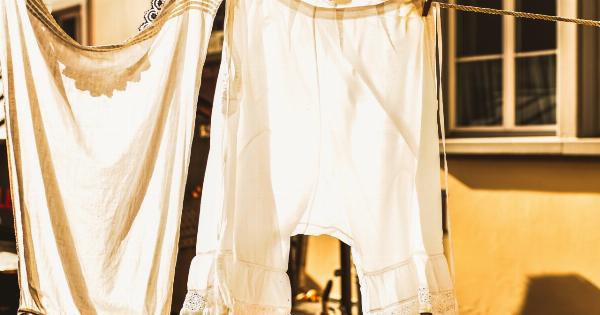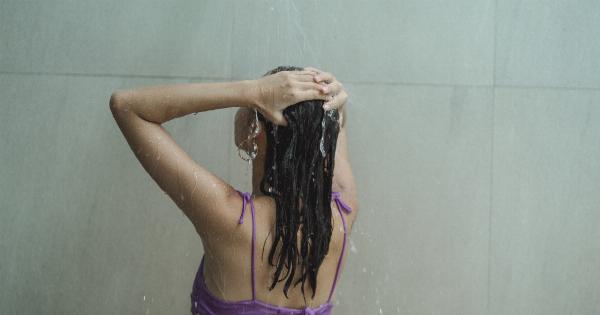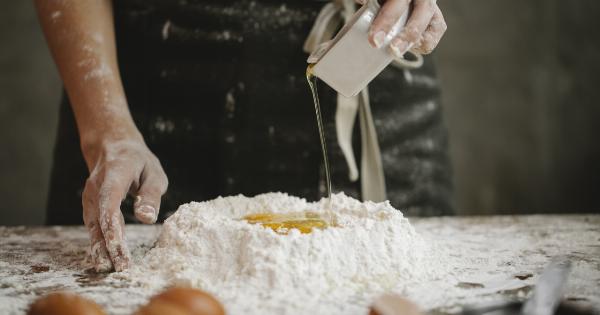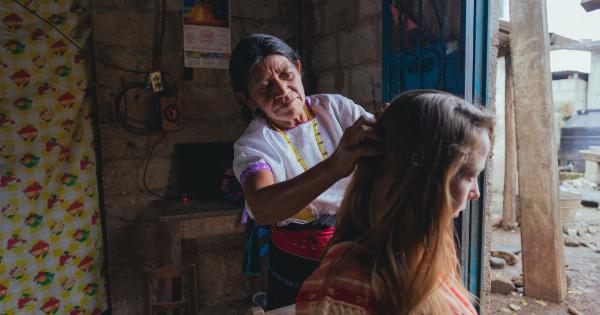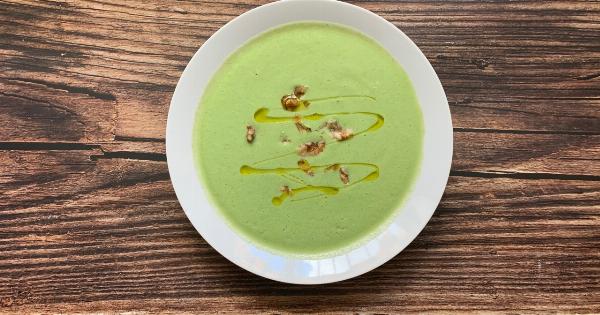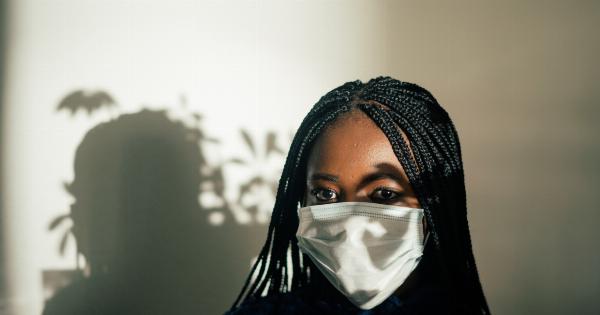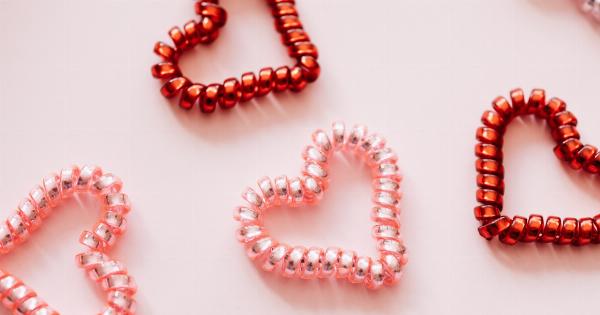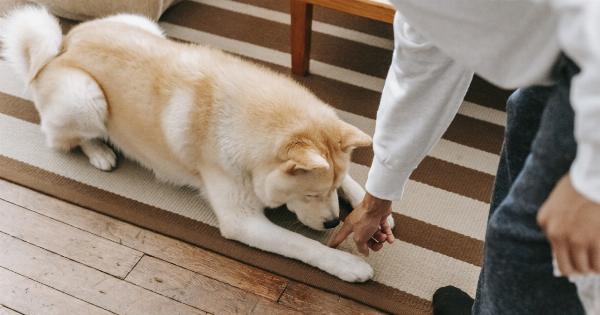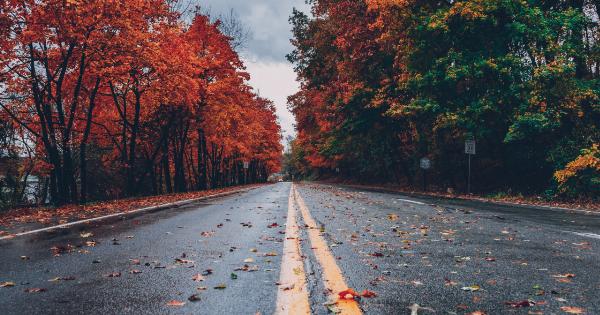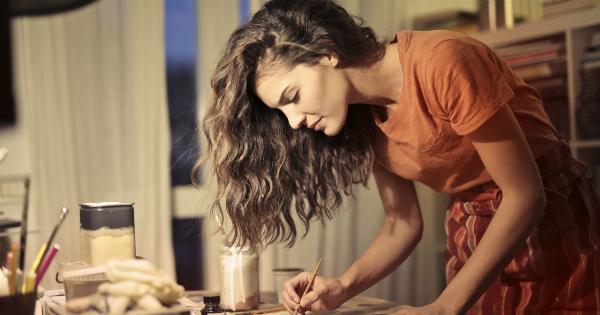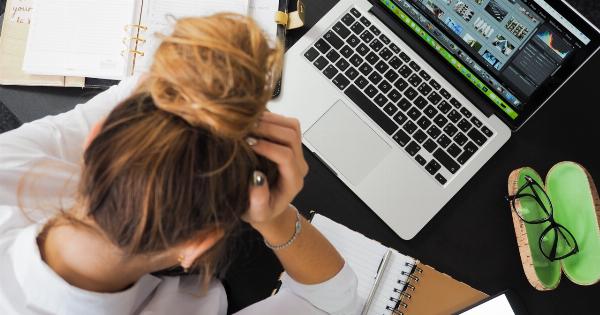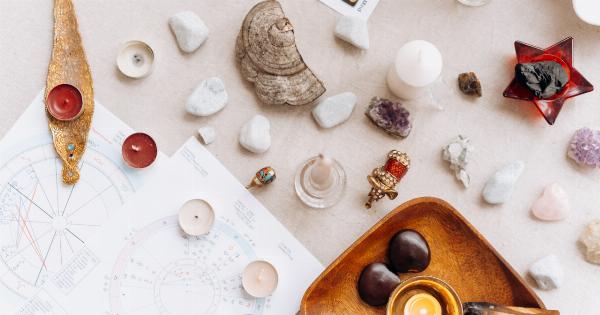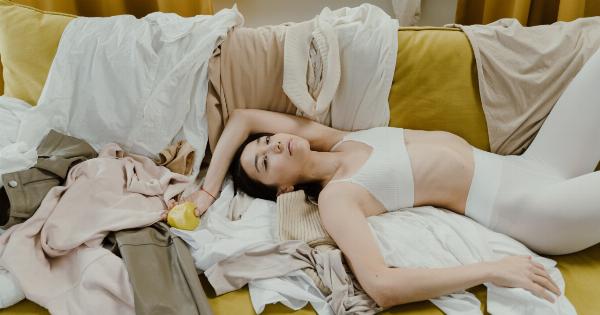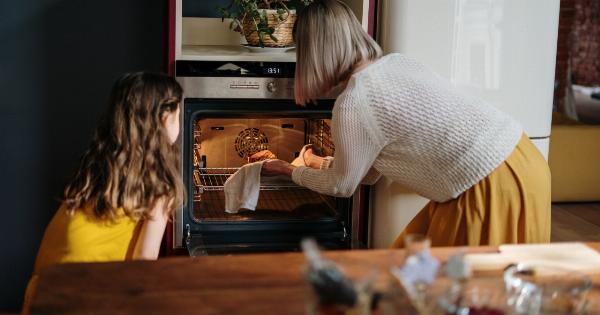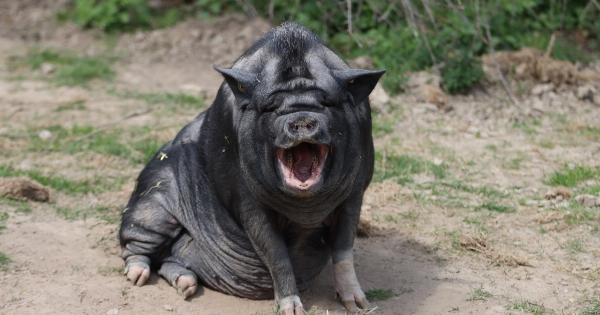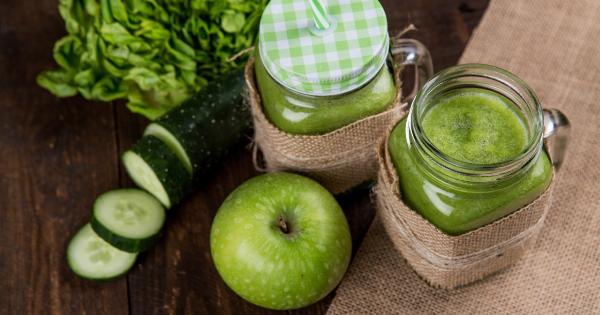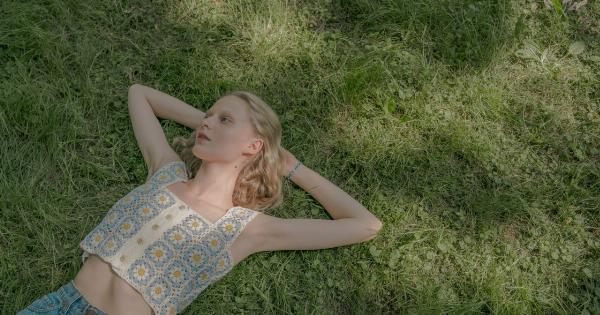Drying your hair is essential to maintaining its health, but it is important to use the right temperature to avoid damage. If you use too high a heat setting, it can damage your hair, while if you use a lower setting, it will take longer to dry.
So, what is the best temperature to use? Let’s explore that question in detail.
Understanding the Importance of Temperature
Before we dive into the ideal temperature for drying your hair, it is important to understand the role that temperature plays in hair health. When you use heat on your hair, it can damage the hair shaft and cause breakage.
Using the wrong temperature can cause damage in the following way:.
- High heat causes the hair to lose moisture, which can cause breakage and split ends.
- Low heat takes longer to dry your hair, which can leave it vulnerable to bacteria and fungus, which thrive in damp environments.
- If you use a temperature that is too high, you can trigger scorching and burning.
With that in mind, what temperature should you use to avoid causing damage to your hair?.
Choosing the Right Temperature for Your Hair Type
The optimal temperature for drying hair varies depending on your hair type and texture. The following are some guidelines for determining the best temperature to use:.
Thin or Fine Hair
If you have thin or fine hair, you should use a low heat setting. This is because thin and fine hair is more vulnerable to damage than other types of hair.
Thick or Curly Hair
Thicker and curlier hair generally takes longer to dry, so you should use a higher temperature setting. However, too high a temperature can damage the hair, so it is important to find the right balance.
In general, a medium heat setting is a good option for thicker hair.
Chemically Treated Hair
If you have chemically treated hair, you should be especially careful when using heat to dry it. Chemical treatments like coloring or perming can make your hair more vulnerable to damage when exposed to high temperatures.
You should always use a low heat setting to avoid further damage.
Damaged or Fragile Hair
If your hair is already damaged or fragile, you should always use a low heat setting. This is because damaged hair is even more vulnerable to high temperatures and can easily break or split.
Other Tips for Drying Your Hair Safely
In addition to choosing the right temperature, there are other things you can do to protect your hair when using a blow dryer:.
- Always use a heat protectant spray before drying your hair.
- Start on low heat and adjust the temperature as needed.
- Use a nozzle on your blow dryer to concentrate the heat and avoid causing damage to the hair surrounding the one you’re drying.
- Don’t hold the blow dryer too close to your head to avoid excessive heat exposure.
- Try to avoid blow-drying your hair every day as this can cause damage over time. Instead, let it dry naturally or use a low heat setting to speed up the process.
Conclusion
In summary, the ideal temperature for drying your hair varies depending on your hair type, texture, and level of damage. In general, fine and thin hair benefits from a low heat setting, while thicker or curly hair will benefit from medium heat.
Damaged or fragile hair should be dried using a low heat setting to avoid causing further damage. By following these guidelines and taking additional precautions, you can use a blow dryer safely to dry your hair without causing damage.

